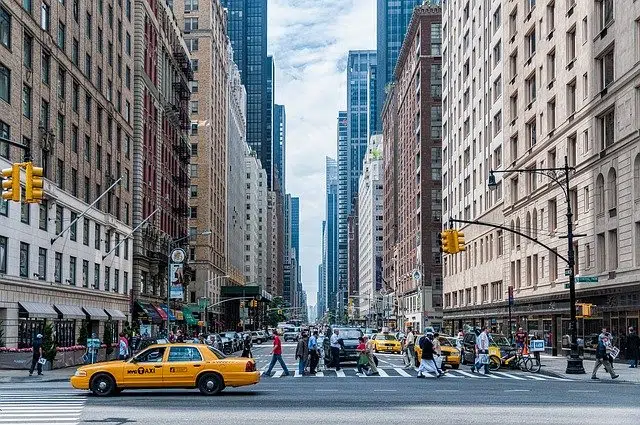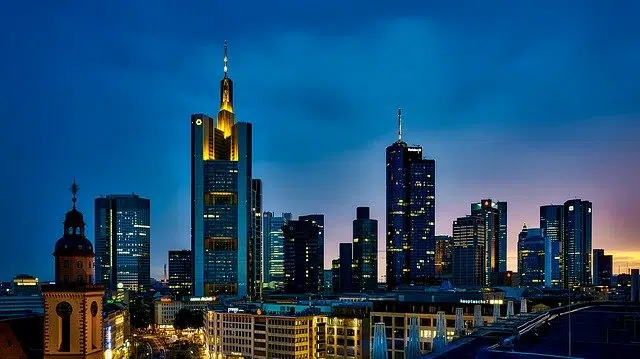
An urban space is the area or landscape of a city.
Space (from Latin spatĭum ) is the extension that contains existing matter, the part occupied by a sensible object and the capacity of a terrain. The term, however, has many other meanings.
Urban , for its part, we can say that it also has its etymological origin in Latin since it emanates from the term "urbs", which can be translated as "city." It refers to that belonging to or related to the city (the area of high population density whose inhabitants do not usually dedicate themselves to agricultural tasks). Although there is no single definition, the city is usually considered to be an agglomeration of more than 5,000 inhabitants, with less than 25% of the inhabitants dedicated to agriculture.
The urban space , therefore, is the population center and the landscape of cities . The notion is usually used as a synonym for urban environment or urban area .
Characteristics of an urban space
As with the definition of a city, there is no precise and univocal meaning of urban space. In general, certain numerical criteria are followed (for example, the urban space can be the area where more than 10,000 inhabitants live), although it is also possible that the distinction is made according to functional criteria (the majority of the population is dedicated to non-urban tasks). -agricultural).
It can be said, therefore, that the characteristics of the urban space are the high number of inhabitants with high population density, the presence of a wide variety of infrastructures and the development of the secondary and tertiary economic sectors.
In addition to all these factors, in order to qualify a space as an urban space, it would be necessary to consider that it has a high price of land, that it has a great commercial activity reflected in a multitude of businesses, that it has a significant value to historical level, which develops significant administrative functions or even acts as the capital of a province or a municipality, for example.

A high population density is recorded in urban spaces.
Life in a city
However, we cannot ignore other differentiating features of the so-called urban spaces or cities:
• There is overcrowding.
• Their inhabitants are subject to a significant level of stress because they spend the day rushing from here to there.
• There is a marked anonymity of citizens, precisely because of the large population there is.
• Equally important is the fact that in any urban space there is great multiculturalism and diversity that, among other things, allows the coexistence of various urban tribes and people from countries around the world.
• Its inhabitants enjoy a great variety of entertainment and leisure options.
• In the most negative aspect, we must highlight the fact that there is a high level of pollution as well as a high percentage of people in situations of social exclusion. All this without forgetting the numerous traffic jams that occur daily or the need to queue to enjoy services of various types.
The growth of cities, however, often makes it difficult to establish a geographical limit or a division between urban space and rural space, since the urban periphery tends to expand more and more.
